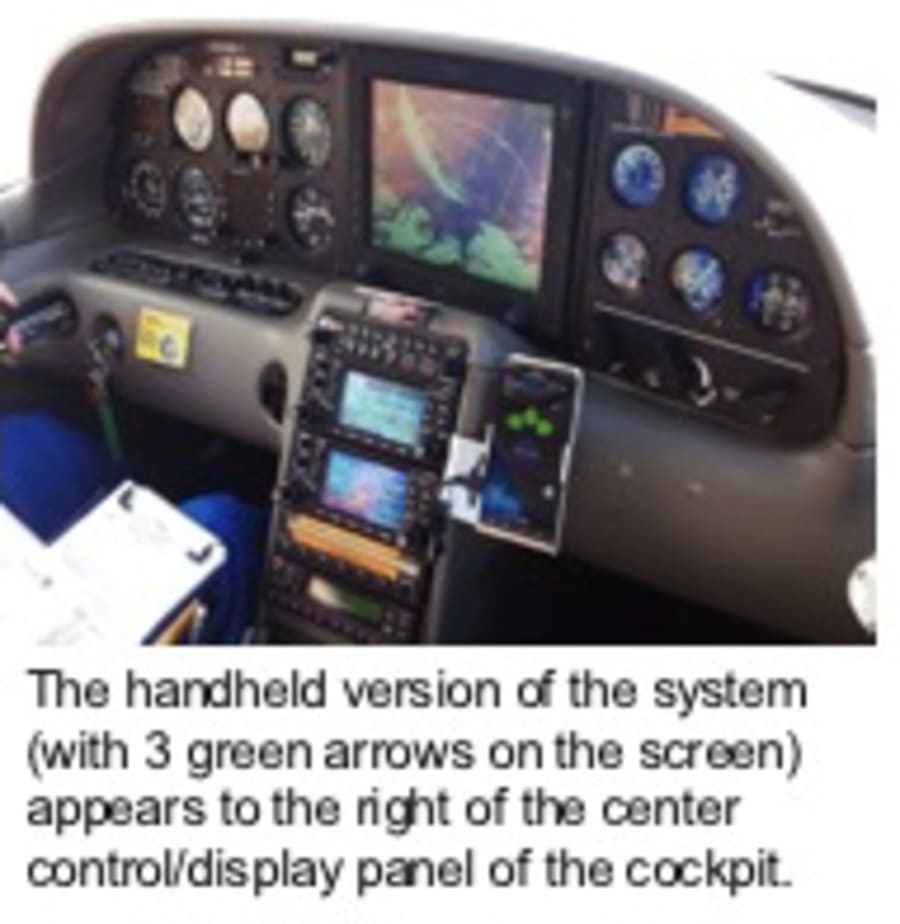
Thanks to its dramatic improvements in aircraft ground collision avoidance, this technology can save the lives of ~100 people each year in the U.S. alone by preventing what is called controlled flight into terrain (CFIT). Accounting for nearly 20% of general aviation deaths, CFIT occurs when a distracted or incapacitated pilot flies a fully functioning aircraft into the ground. A particularly noteworthy example of CFIT was the 1999 crash that killed John F. Kennedy, Jr.
Although CFIT warning systems are available to large commercial air carriers, they are too expensive to use in general aviation aircraft and are not appropriate for military fighter planes.
Fortunately, researchers at NASA Armstrong Flight Research Center have come up with a solution.
Combining several patented and patent-pending technologies, NASA’s advanced warning system alerts pilots of an impending crash into the ground. As the airplane approaches the ground, the system determines how much time remains before impact. It then guides the pilot through climbing maneuvers—to the left, straight, or right—to avoid a crash.
Able to be easily incorporated into electronic flight bags (EFBs) or aircraft avionics, NASA’s system is also available in an app-based format for tablet, smartphone, or other mobile/handheld devices. In the app version, the system’s data, algorithms, programs, and functions reside on the mobile device, which eliminates any need for wireless connectivity.
This critical, life-saving safety tool offers important benefits to a wide variety of aircraft, including fighter aircraft, general aviation, helicopters, and unmanned aerial vehicles (UAVs):
-- App-Based Mobile Platform: Allows pilots to bring the system into the cockpit on a tablet or other handheld device, providing access to this lifesaving safety tool in whatever aircraft they are flying
-- Uses Better Maps: Enables the use of worldwide terrain maps with fidelity that is 100 to 1,000 times better than existing systems
-- Eliminates False Alarms: Triggers alarms only when a collision with the ground is impending, eliminating false alarms that would become a nuisance to pilots and cause them to ignore the warnings
-- Offers Better Maneuvering: Can recommend multidirectional turns and incorporates the specific maneuvering performance of the individual aircraft
The market for this type of collision avoidance technology is predicted to be at least $55 million, or possibly higher due to its ability to be easily used in any civilian or military aircraft as well as with drones/UAVs. Depending on the configuration (i.e., mobile app, EFB, or avionics integration), this technology likely could be made available for less than $100—well below the $6,000 price tag for current CFIT-prevention equipment. Several companies have expressed interest in trying to bring this innovation to market.
Video
-
Awards
-
 2016 Top 100 Entries
2016 Top 100 Entries
Voting
-
ABOUT THE ENTRANT
- Name:Mark Skoog
- Type of entry:teamTeam members:Mark Skoog, NASA Armstrong Flight Research Center Loyd Hook, University of Tulsa (formerly NASA Armstrong Flight Research Center) Kevin Prosser, Calspan Shaun McWherter, NASA Armstrong Flight Research Center Jamie Willhite, NASA Armstrong Flight Research Center
- Profession:
- Number of times previously entering contest:1
- Patent status:pending





